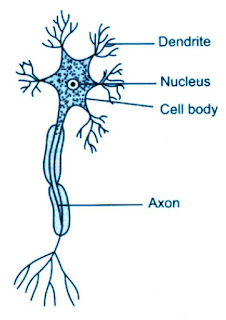Periodic Classification of Elements : Periodic Table
Periodic Classification of Elements : Periodic Table
Reasons for Classification of Elements:
Classified the elements in periodic table because
1. By this process we can study the elements in well organized way.
2. It helps
to correlate the properties of the elements with the fundamental properties of
all states of matter.
3. We can
find out relation between one element to another.
In the early
stage scientists are attempt to classified the elements on the basis of density,
malleability, ductility, metals or non-metals etc. But these entire attempts
are not fruitful. In 1815, William Prout said that atomic mass of an element
never differs and it forms the truly scientific basis for a satisfactory scheme
of classification.
Periodic Table
Dobereiner’s Triads:
He observed that when elements are arranged into groups of three in the order of their increasing atomic mass, the atomic mass of the middle element is the arithmetic mean of rest of the two. By following the characteristics, he arranged three elements in one group which is known as ‘Triad’. This arrangement of elements is known as Dobereiner’s Triads.
Example:
(a) Calcium
(40), strontium (88), and barium (137) have similar chemical properties and
form tiard because:
(i) All of
them are metals.
(ii) Their
oxide is alkaline in nature.
(iii) Each
has valency two.
Mean atomic masses of calcium and barium= (40+137)/2 = 88.5,
which is nearly the same as the atomic mass of strontium (88).
Limitation of Dobereiner’s Tiard:
(1) He failed to arrange all the elements in the form of
triads.
(2) The law was not applicable even in the same family.
Newland’s Law of
Octaves:
In 1864, John Newland arranges the elements in the increasing
order of their atomic masses and then he saw that every eighth element had the
similar properties of the first element. It is same as the eighth note of a
musical octave is the same as its first note.
Law:
When elements are arranged in the order of increasing atomic
mass, the properties of every eighth element (starting from any given element)
are a repetition of the properties of that starting element.
Limitation of Octave Law:
(i) After the discovery of the noble gases, the idea of
octaves failed.
(ii) This classification failed with regard to the heavier elements
that are those lying beyond calcium.
Periodic Classification of Elements : Periodic Table
More Related Search For You
Periodic Classification of Elements : Periodic Table

